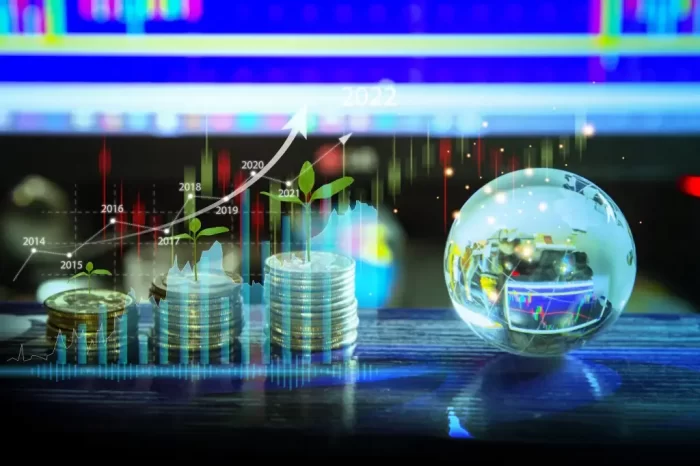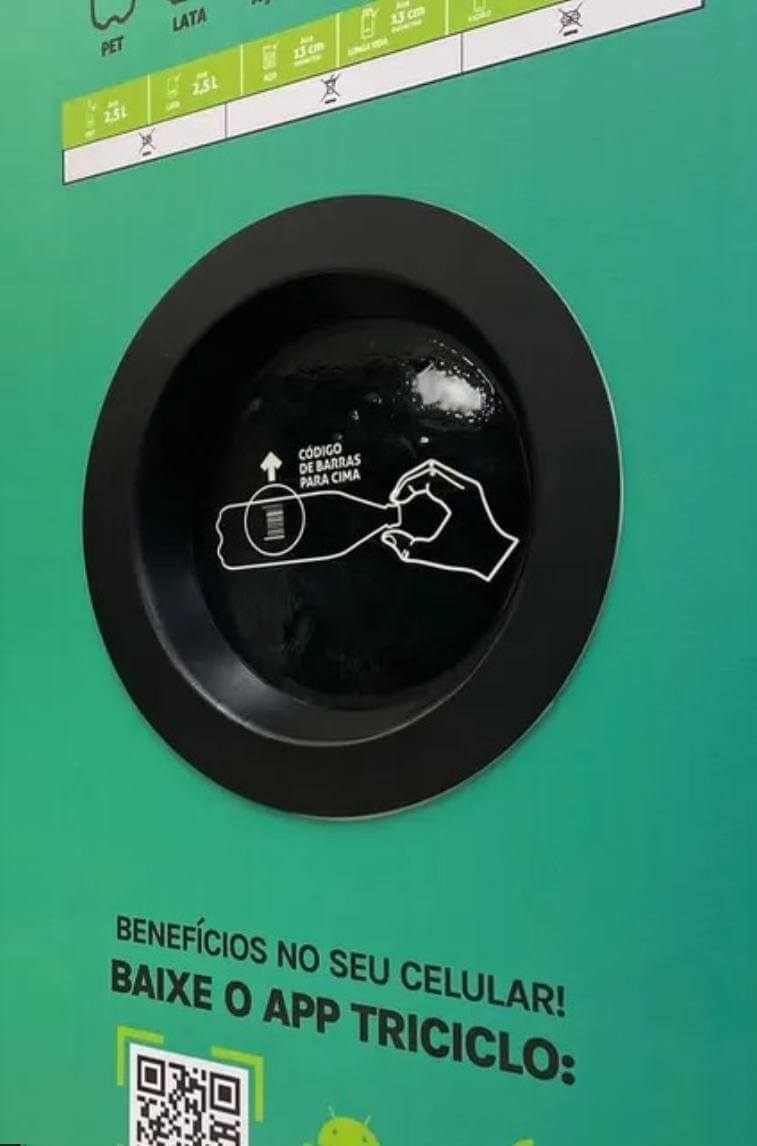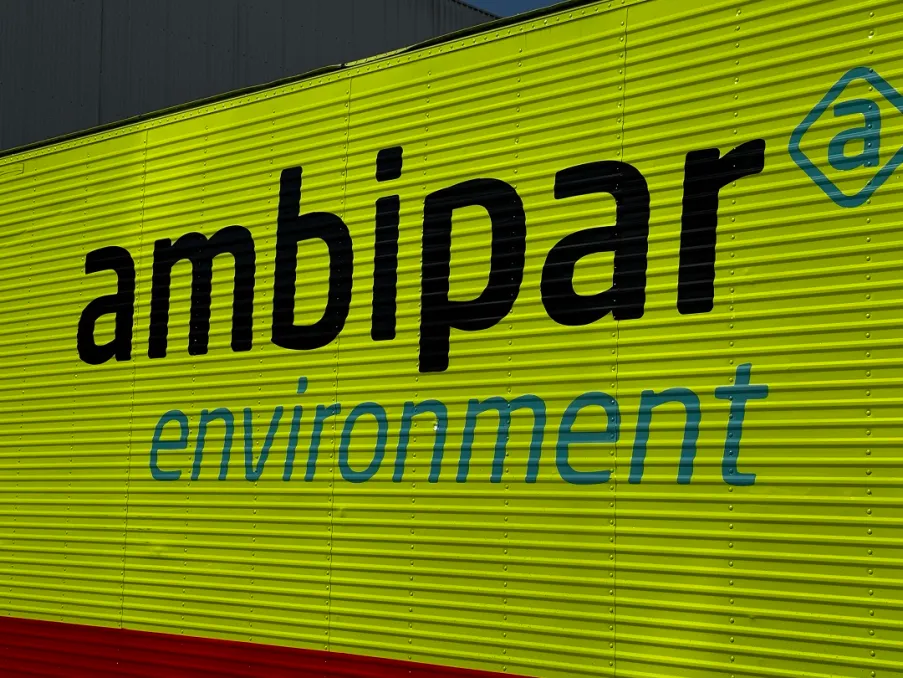Exame by Fernanda Bastos - 07/28/2023

By Marketing Team
Posted in July 28, 2023

Green bonds: these assets are expected to grow by 2.5% in global issuance linked to sustainability, according to S&P Global (Getty Images/Reproduction).
Popularized in 2021, green bonds are investment alternatives linked to objectives to address climate change.
Ambipar, Grupo Fleury, and Vivo operate in different sectors, but there is something that unites these three companies: recent investments in green bonds. In 2023, a 2.5% growth in global issuance of this type of debt is expected, which is tied to sustainability goals—the segment is also known as GSSSB (green, social, sustainability, and sustainability-linked bonds). This information comes from the Credit Trends study, Global Financing Conditions: Bond Issuance Is Set To Expand Modestly In 2023, With Stronger Upside Potential, by S&P Global, a financial company that conducts credit analysis considering assets listed on the NYSE, the New York Stock Exchange, and the NASDAQ, the American stock exchange specialized in technology.
The numbers only confirm that investing in green bonds has become a trend among companies when discussing sustainability. According to the survey, the global issuance of these types of bonds could reach 900 billion to 1 trillion dollars in 2023. According to the UK bank Barclays, this growth trend follows the logic of two years ago when green bonds experienced a growth rate of over 150% compared to 2020.
According to the international organization Climate Bonds Initiative (CBI), green bonds in Latin America more than doubled between 2021 and the previous year. In Brazil, the trading of these bonds generated 5.3 billion reais on B3, through 18 issuances by 12 different companies during the year 2020.
What are green bonds?
Green bonds are fixed-income financial instruments. These sustainable assets can be debentures, incentivized debentures (from the infrastructure sector), Certificates of Receivables, either from Agribusiness (CRA) or Real Estate (CRI). Green bonds are traded on the stock exchange like any other asset, and the issuance process remains the same: companies, entities, and governments can issue this type of bond. In other words, the issuer guarantees the repayment of the bond plus a fixed or variable return rate over a specified period.
What changes in the case of so-called green bonds is the purpose of these assets. In the case of green bonds, the goal is to facilitate fundraising to address climate change and carbon emissions, promote the green economy, and support a greater number of sustainable projects and economic activities. In other words, the investment objective is for the issuer to achieve ESG (environmental, social, governance) goals, but if they are not met, the interest paid to the bondholders increases.
Historically, the first green bond was issued in Poland in 2016. However, they gained global relevance as a sustainable agenda during COP26, in the Scottish city of Glasgow, where the issue gained momentum. Regulations and formalizations of sustainable financing were discussed there. In Brazil, the Brazilian stock exchange B3 has had financial products related to ESG parameters (environmental, social, governance) since 2018.
Green bonds and Grupo Fleury
In July 2021, Grupo Fleury carried out the first issuance of debentures linked to ESG goals, as reported by Robson de Miranda, Corporate Finance Director of the group, in an interview with EXAME. He mentioned that it was the first issuance of debentures with sustainable components in the health sector in Brazil, totaling 1 billion reais, divided into three series. In Fleury’s case, the investments have two objectives: to reduce the generation of infectious waste by 14% by 2023 and 20% by 2025, and to facilitate access to healthcare for clients from social classes C, D, and E, with the expectation of reaching 250 thousand clients from these classes by 2024 and 1 million clients by 2026. These two points were included as corporate indicators and in the group’s PLR (Profit Sharing and Results) scheme.
“The issuance of a Sustainability-Linked Bond (SLB) was important to publicly commit to ESG practices linked to financial aspects, innovate in the financial issuance structure, and attract conscious investors concerned with long-term value generation,” stated Miranda.
The issuances of the debentures reflect an internal context in favor of sustainability supported by the company. “The company has made investments to reduce the generation of biological waste, mainly by changing methodologies that promote the grouping of exams, allowing more exams to be performed from the same sample tube, thereby reducing the number of tubes collected from patients,” said Daniel Périgo, Senior ESG Manager at Grupo Fleury. “We want to explore other solutions in the innovation and entrepreneurship environment that can contribute to achieving the debentures’ goals.”
Vivo’s investment in SLB
Considering the Sustainability-Linked Financing Framework, an independent evaluation carried out by Bureau Veritas and indicators from the base year of 2021 with audits by independent companies (AENOR and PwC), Vivo decided to issue the first SLB in the amount of 3.5 billion reais in 2022. With this investment, the ambitions are to reduce direct greenhouse gas emissions (GGE) by 40% in scope 1 compared to 2021—besides achieving an indicator of 30% or more blacks in leadership positions, both by 2027.
“This initiative contributed to consolidating and further driving the theme within the organization. The GGE emission target set by Vivo is a result of the climate challenges of the Telefônica group, approved by the Science Based Targets Initiative (SBTi). This commitment reinforces our company’s action in the face of climate change and our contribution to limiting global warming to 1.5ºC,” said Renato Gasparetto, Vice President of Institutional Relations at Vivo.
In addition, the company has projects for racial inclusion and for people with disabilities, as well as initiatives to foster female leadership and generate sustainable solutions for electronic waste.
“We transformed our business into a digital ecosystem to be fundamentally a technology company and to continue growing sustainably. In 2022, we made one of the largest investments in our history, 9.5 billion reais, aimed at bringing connectivity to millions of Brazilians with the expansion of our fiber network and mobile technologies, such as 5G. At the same time, we evolved in our ESG indicators, such as emissions and diversity,” said Gasparetto.
Ambipar and debt issuances associated with green bonds
Like Vivo, Ambipar issued debt associated with environmental and social goals last year, as explained by Rafael Tello, Director of Sustainability at Grupo Ambipar. However, the starting point for the company was the publication of the ESG Finance Framework in August of the previous year—a document that contained the group’s position on socio-environmental impacts. With that, the company issued three debentures.
“Our business is linked to providing services and selling products with a positive socio-environmental impact. Therefore, associating the financing of our activities and acquisitions with socio-environmental requirements reinforces our commitment to sustainability in the market. In addition, with the debentures, we open space for investors to finance activities with specific socio-environmental benefits, which can facilitate the composition of ESG portfolios,” said Tello.
According to Tello, with the debentures, the company became more attentive to socio-environmental aspects within its activities. “This way, we have a clearer understanding of how our different businesses can contribute to the different sustainability challenges in the world. We are working to improve our management system to monitor the socio-environmental impacts of our businesses, always aiming to achieve our public sustainability goals and the group’s ambition to lead the transition to a circular and low-carbon economy,” he said.
Green finances can accelerate and expand the sustainability agenda, as dialogue with analysts and investors can bring together socio-environmental results and the financial market, said Tello.


